Time for (Climate) Change
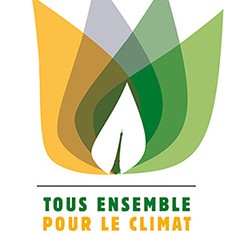
Right now in Paris, the highly anticipated 21st Conference of the Parties (COP21), the United Nations Conference on Climate Change is happening. Global leaders over the last week have been deliberating on a number of key measures that could lead to a new targets and a new signed agreement; which some felt was a missed opportunity in Copenhagen in 2009.
The 10 day conference which started on November 30 and will run until December 11 2015, is expected to announce the progression from a verbal to a signed agreement to keep global warming from increasing more than two degrees. If this achieved then it will succeed the Kyoto protocol.
Scientists at the recent Geological Society of America’s Annual Meeting discussed the impact of 1, 2 and even 3 degrees temperature increase would have on the planet. They also mapped out the environments interaction with the changing climate. Watch below to find out the significance of the temperature increase and its current effect on glaciers and the rate of ice loss.
As discussed in the video by James Balog, founder of The Extreme Ice Survey, the following time lapse shows the loss of ice across glacial sites around the world- putting these changes in to perspective.
No stranger to the climate change discussion, Al Gore, former vice president and author of An Inconvenient Truth spoke at the COP21 addressed the current global use of carbon based fuels. He asked “Do we really have to change the energy, transportation, agriculture and forestry systems in the world to shift to a low-carbon pattern?” “The answer is yes”. Al Gore however, also mentions that technology and material science advances have given hope to moving away from fossil fuels towards more sustainable and clean energy methods.
At the same time as COP21 was starting off in Paris, over in America, the 2015 Materials Research Society Fall Meeting & Exhibit looked at how we can utilized renewable energy and how it can be stored for the future.
Hear from Arumugam Manthiram, speaker at this year’s meeting discuss how materials can be used for clean energy technologies, in particular how increasing battery life can be used for electrical energy storage.
Whilst global leaders deliberate on goals for addressing climate change and progress towards a new agreement, science is continuing to develop and continuously improve on accuracy of climate data, energy alternatives and other new initiatives that impact our understanding of climate change.
Watch the latest science we’ve captured this year at WebsEdge/Education– our online channel for Science and Education related organizations, including GSA TV and MRS TV – connecting issues and audiences through the power of television.
Follow us on twitter: @WebsEdge_Edu or subscribe to our YouTube Channel for the latest updates.adidas Yeezy Boost 350

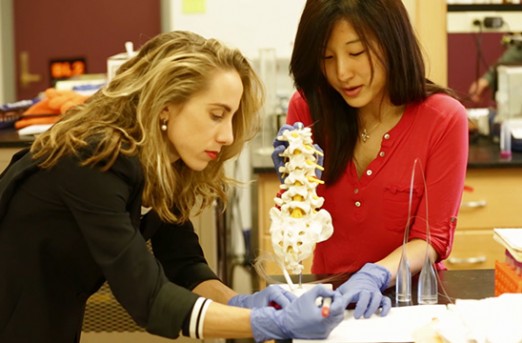
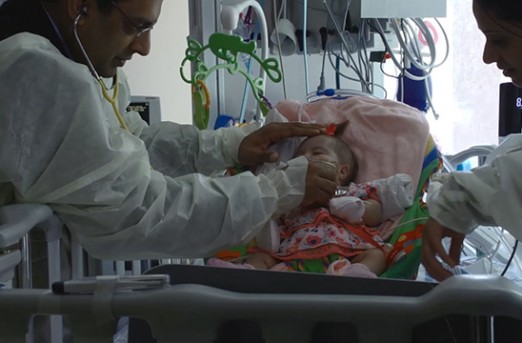
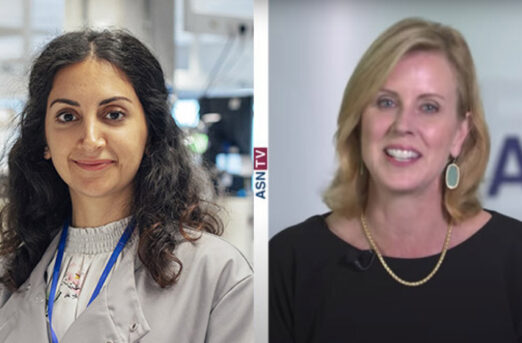

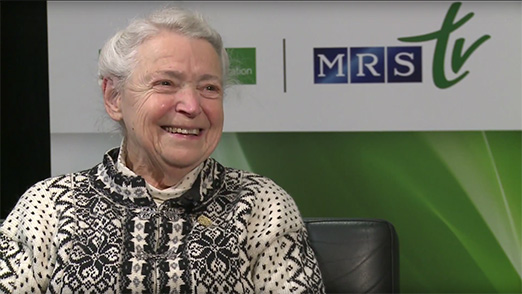
Comments :